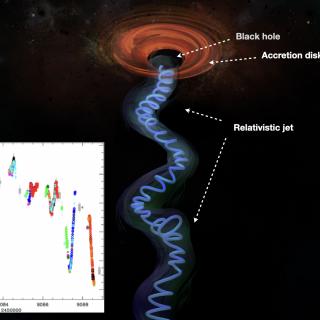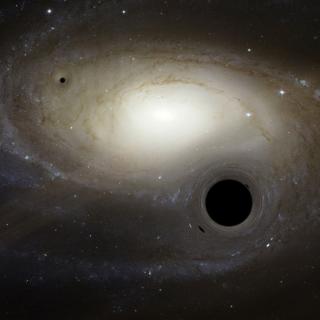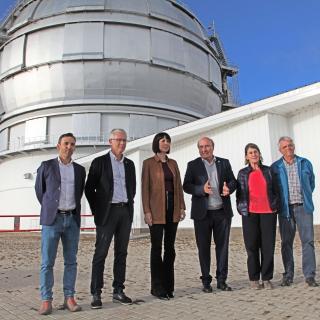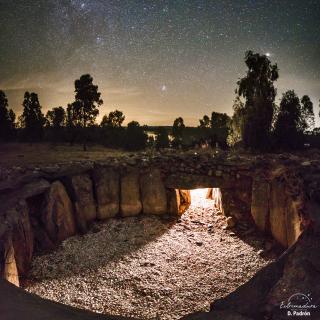
Active galactic nuclei (AGN) consist of a supermassive black hole fed by the circumnuclear material close to the galaxy center. Around 10% of the AGNs develop a pair of jets that are launched to the interstellar medium at speed close to velocity of light. Blazars are observed when one of the jets points very close to our line of sight, which produce an extraordinary boosting of the emission by relativistic effects. Jets produce electromagnetic emission that varies rapidly and covers from radio waves to gamma rays. The observed light is mostly random without an apparent pattern. The source BL
Advertised on




